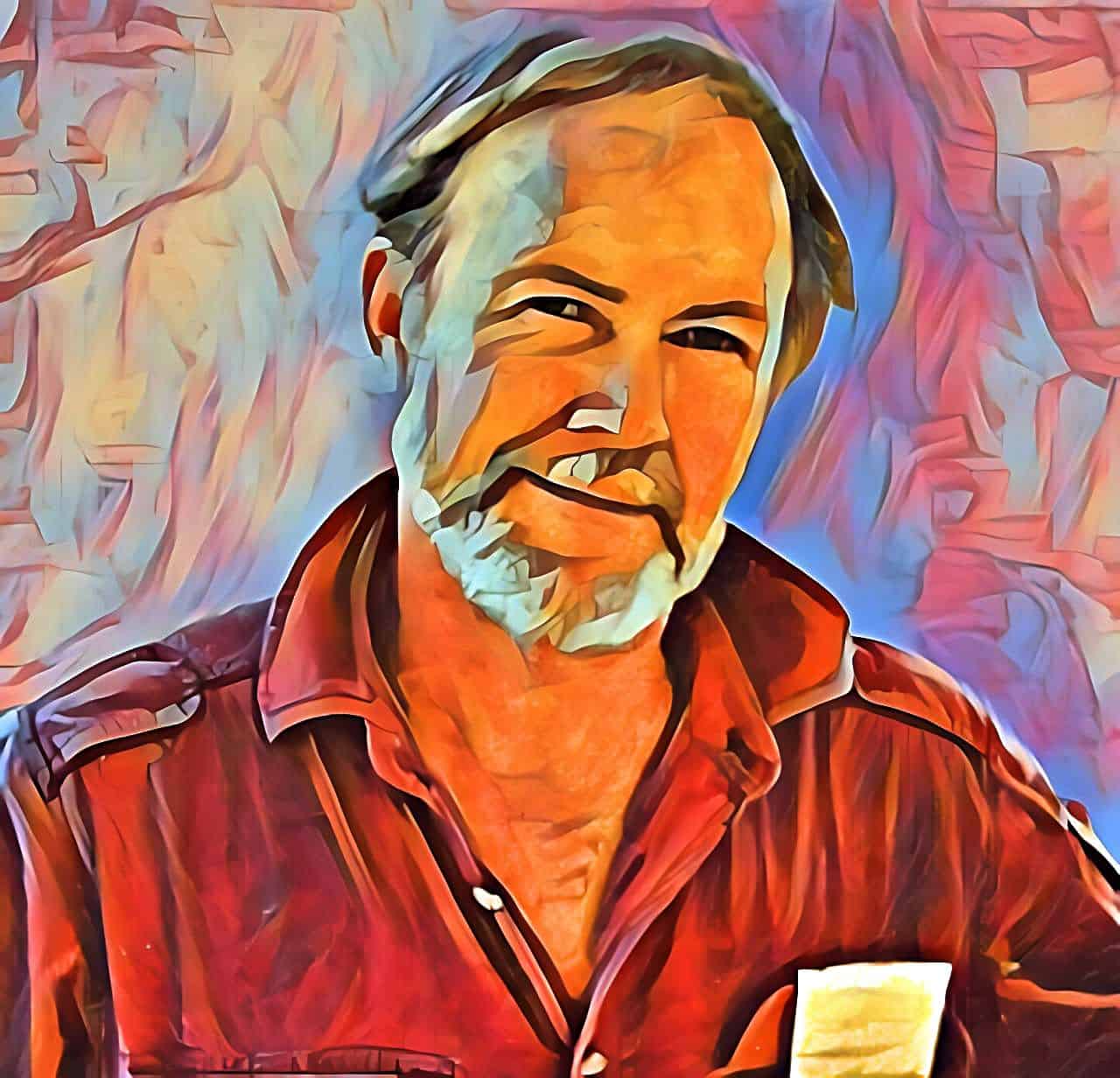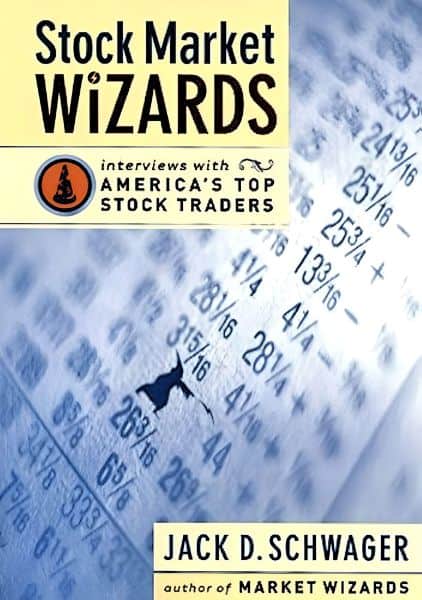Mark Ritchie was one of the greatest traders of his generation. He started trading in 1987 with a $1M account and generated a 50% annual return over his first four years. In fact, 90% of Ritchie’s trading weeks were profitable.
Mark is a self-taught Market Wizard. He scraped by during his early trading years working odd jobs as a truck driver and correctional officer just to barely pay his rent and bills. It was his journey to the Chicago Board of Trade and the soybean oil trading pits that lit his fire for trading.
This post dives into three of Mark Ritchie’s most important trading lessons: Risk Management, Position Sizing, and Independent Thinking. We start with an example of Mark losing a huge amount of money by not following his rules.
How Mark Ritchie Lost $100,000 In One Minute
Mark Ritchie bought soybean meal the day the Falklands war broke out. According to Ritchie, “It looked like a great price.”
However, the price quickly moved against him and within 60 seconds Ritchie exited the trade for a $100,000 loss.
Ritchie notes that he “always lost money faster than [he] made it.”
Taking losses is a vital part of every successful trader’s journey. Former Market Wizard Michael Marcus often said that he wouldn’t hire a new trader if he hadn’t blown up at least three times.
Even classical charting legend Peter Brandt revealed that it took him roughly six years to become consistently profitable. He blew up a few $25,000 accounts before risk management and position sizing actually stuck.
This is why Mark emphasizes protecting your money. He understands that losses, especially in the highly leveraged futures markets, can easily get out of hand.
Mark Ritchie On Position Sizing
Proper position sizing is what separates decent traders from great traders. It’s often the deciding factor between consistent losses or profits. Ritchie explained the importance of position sizing in a story from his Market Wizards interview:
One day, Mark had an interest rate spread position on and it was going against him. Ritchie was nervous about the position because it was losing money. He asked a fellow trader, who was also in the trade, what he thought about the situation. The trader said he was nervous, and wondered if he was trading too large of a position. The trader told Mark he had a $25,000 account and had a 50-contract position.
Mark had an incredible response:
“My mouth fell open. I had about $1,000,000 in my account for a position that was only twice as large, and I was even worried about that.
Overtrading, wouldn’t even begin to communicate it.
There’s no way you can communicate with a person like that. I remember saying to the people who were clearing his orders that he was a walking time bomb.”
That trader eventually blew up and left the firm with a large debit (a negative balance he had to pay off).
So how much should a trader risk per trade?
Mark Ritchie says between 0.5% and 1% of your trading capital. This echoes other Market Wizards like Michael Marcus, Peter Brandt, and Bruce Kovner.
Risking 0.5%-1% of your account means you’d need 100 consecutive losing trades before blowing up.
Ritchie says that traders should, “trade so small that it seems almost a waste of your time. Always trade at a level that seems too small.”
Kovner offers similar advice when he says, “take your current risk and cut it in half, then cut it in half again. Keep cutting it in half until you can trade while sleeping well at night.”
Mark Ritchie On Risk Management
Ritchie believes that successful trading should be boring. You shouldn’t feel the Las Vegas-like rush when entering orders or taking profits.
Ritchie boils risk management down to greed. The psychological feeling of wanting more and wanting it now. As he said:
“The successful trader must be able to recognize and control his greed. If you get a buzz from profits and depressed by losses, you belong in Las Vegas, not the markets.”
Ed Seykota famously said, “everyone gets what they want out of the markets.”
Most traders want action and excitement, not consistent profitability.
Sober-minded traders understand that risk management means first controlling one’s emotional bent towards greed.
Mark Ritchie On Independent Thinking
One trait that Mark Ritchie shared with nearly every Market Wizard was his independent mindset. Ritchie expands on this idea in his interview:
“The good trader always sticks with his own ideas and closes his ears to the why-isn’t-everyone-doing-it cry of the crowd.
He’ll make a trade against the crowd at a conservative level that he can afford, and then get out if he’s wrong. That’s what a stop is for.”
Independent thinking thrives on combining each of Mark’s trading lessons. You need proper position sizing to detach from the trade, solid risk management to endure the wild gyrations of open profits (or losses), and confidence in your analysis to go against the consensus to make money.
The important thing to remember is that you need all of these lessons to become a consistently profitable trader. If you have correct position sizing but no conviction in your analysis, you’ll never stay in a trade long enough to profit.
Conversely, if you have confidence in your thinking, but lack risk management skills, you’ll eventually blow up your account.
That’s what made Mark Ritchie one of the best traders of his generation. He possessed each of these traits in droves, making him profitable in 90% of his trading weeks.
If you want more lessons from trading legends like Mark Ritchie, check out our free report with advice from history’s greatest macro traders.










